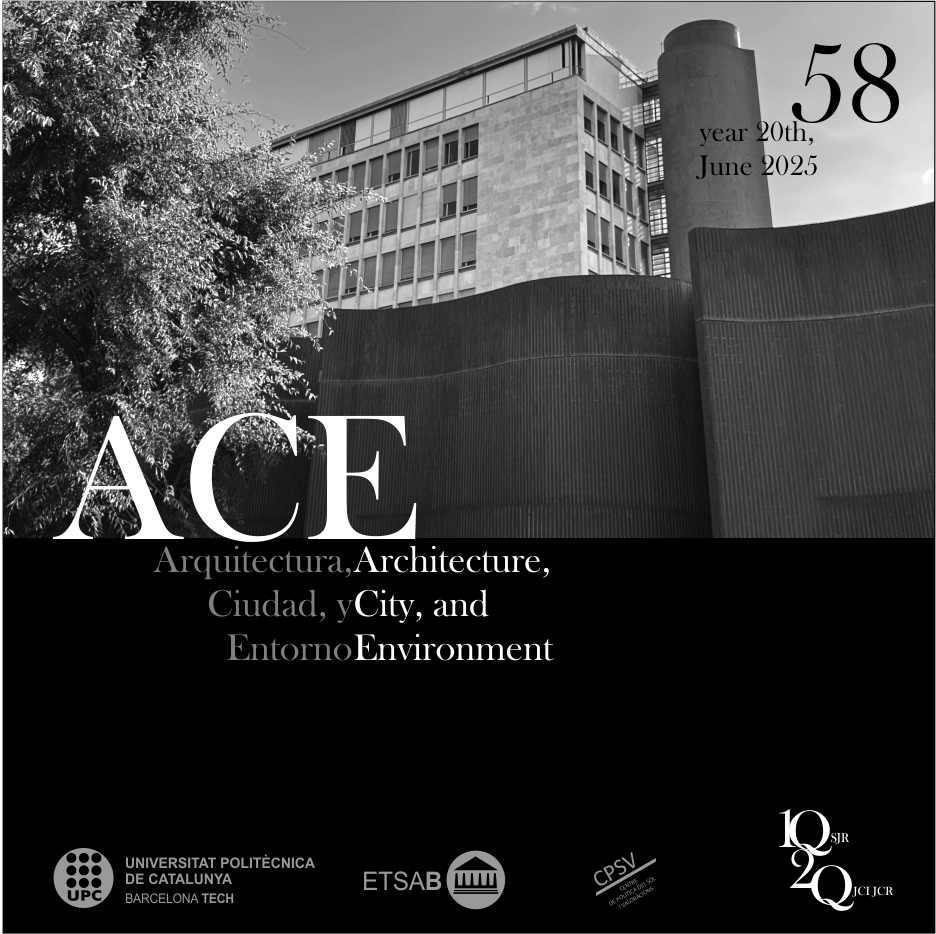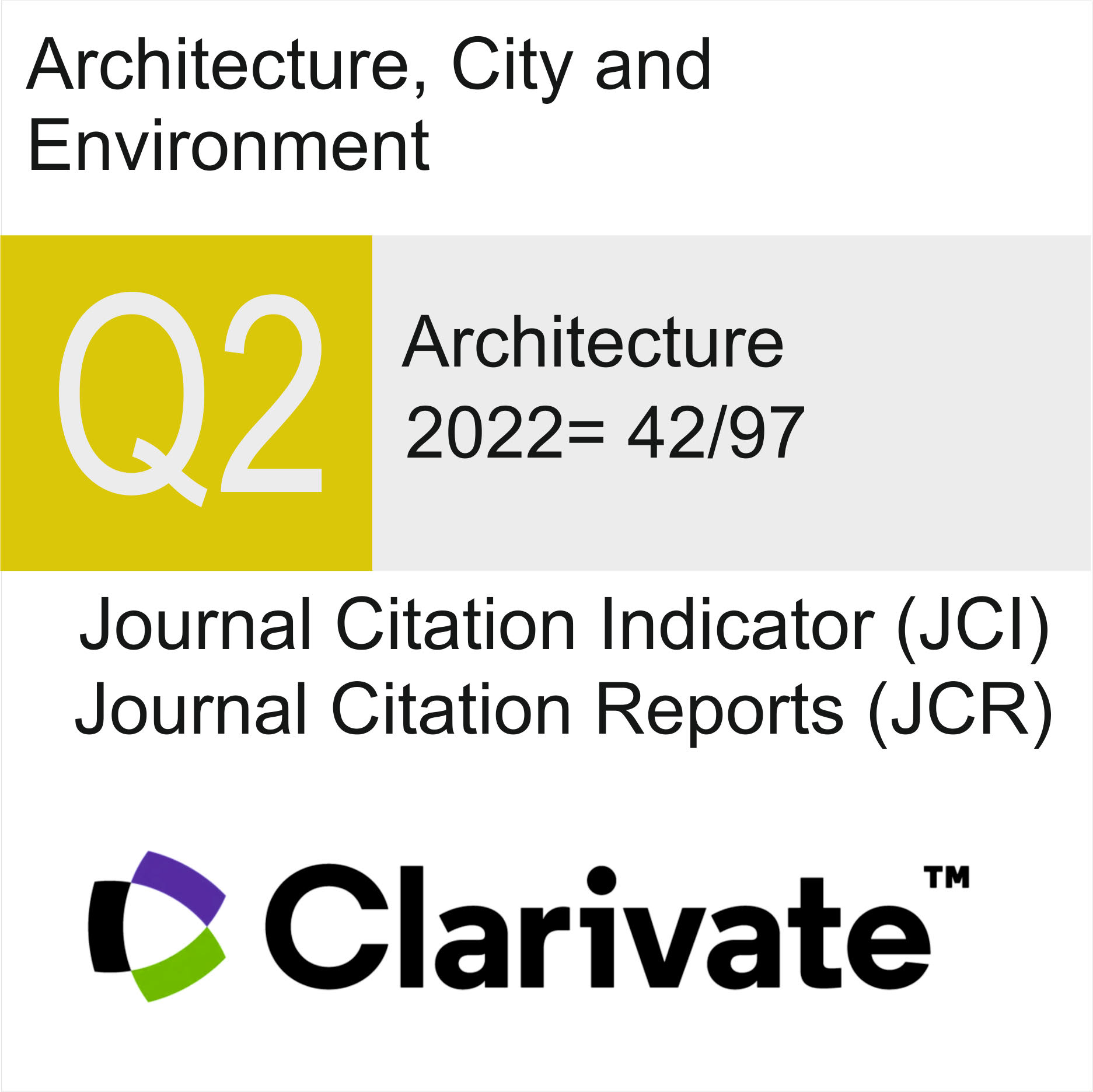Sustainable Architectural Restoration of Heritage Villages in jordan
DOI:
https://doi.org/10.5821/ace.20.58.13153Keywords:
heritage village, restoration, good practices guidelines, sustainable architectureAbstract
Traditional heritage architecture represents identity and cultural heritage. Given the importance of sustainability in preserving heritage architecture, this article, through theoretical and field studies, focuses on how heritage houses in two villages in southern Jordan (Al Taybeh and Al Nawafleh) were restored and rehabilitated. The goal is to preserve the identity and authenticity of these two villages by analyzing the architectural elements that characterize their heritage houses, as well as the restoration methods applied to them. This is achieved by studying sustainable restoration methods to highlight the positive aspects of these approaches, which can be recommended as good practices guidelines for future restoration efforts in other heritage villages in Jordan. The research methodology includes fieldwork, site observations, and interviews to evaluate the restoration process. Site selection was based on historical significance, level of degradation, and ongoing projects. The study assesses the advantages and challenges of the restoration techniques used, comparing them with international standards such as ICOMOS charters to highlight the need to balance the best global practices with local socioeconomic and environmental considerations. Findings emphasize the necessity of sustainable restoration techniques preserving architectural and cultural integrity of heritage villages. Rehabilitating these villages as cultural and tourist destinations can enhance local tourism, economic development, and community engagement. Their successful transformation demonstrates how heritage preservation supports cultural continuity and reinforces local identity. Finally, the study highlights the importance of government oversight, education, and community engagement in sustaining Jordan’s architectural heritage. Establishing a structured maintenance program and promoting awareness will protect heritage villages, ensuring the preservation of their historical and cultural significance for future generations.
Published
Issue
Section
License
| INTELECTUAL PROTECTION CRITERIA |
At this moment, it is count with the "Oficina Española de Patentes y Marcas", while global protection it is being processed by the World Intelectual Property Organization (OMPI/WIPO). Nevertheless the International Standard Serial Number Office (ISSN) has given the following numbers ISSN: 1886-4805 (electronic version) and 1887-7052 (paper version). All articles will be peer reviewed, using double blind reviewing. |
| COPYRIGHT |
The article contents and their comments are authors exclusive liability, and do not reflect necessarily the journal editor commitee's opinion. All ACE published works are subject to the following licence CC BY-NC-ND 3.0 ES http://creativecommons.org/licenses/by-nc-nd/3.0/es/ It implies that authors do not hold nor retain the copyright without restrictions but only those included in the licence. |





































